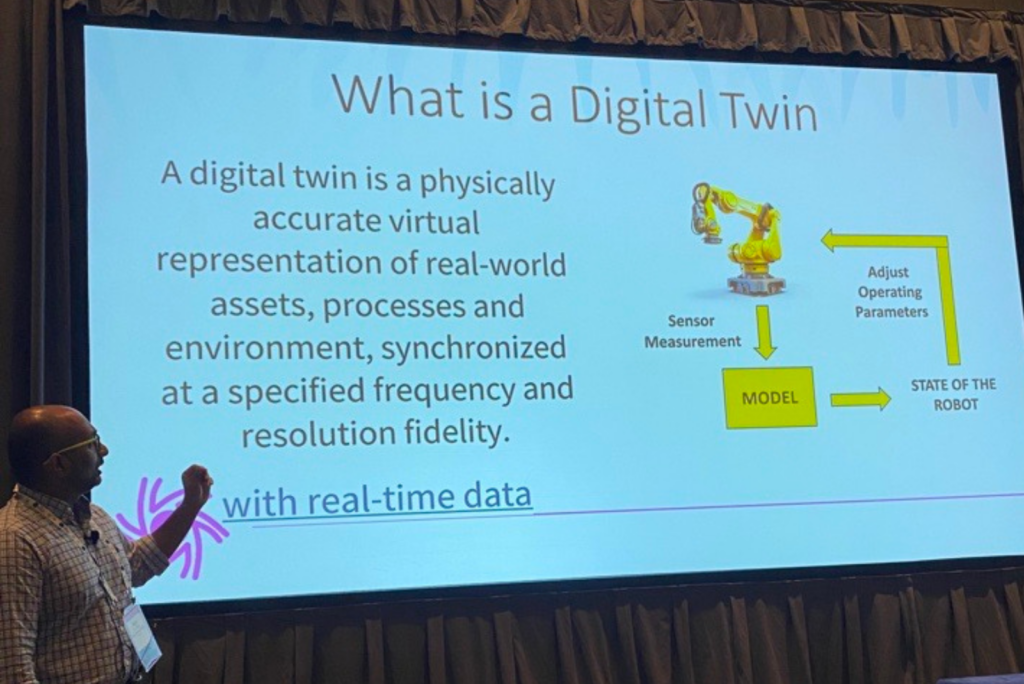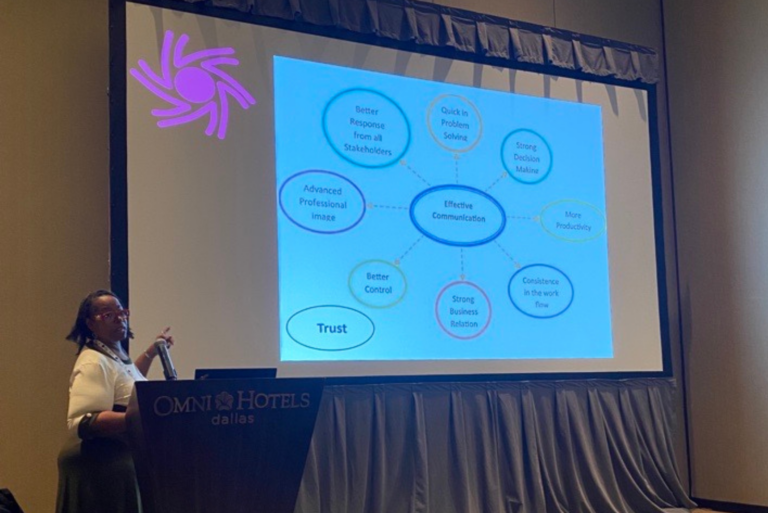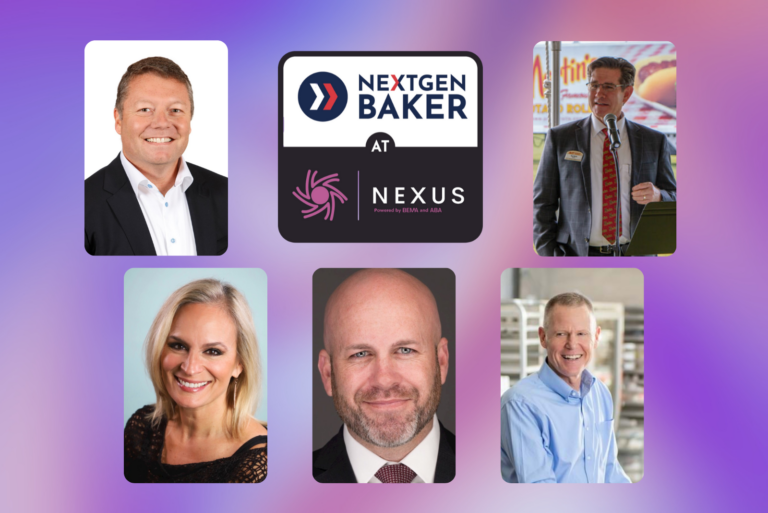DALLAS — The benefits of deploying a digital twin was one technological showcased during an education session at NEXUS, powered by BEMA and the American Bakers Association (ABA) and held September 25-28.
Binil Starly, a professor at the School of Manufacturing Systems and Networks at Arizona State University, led a session titled Building a Digital Twin for a Food Processing Facility during the inaugural event.
A digital twin, Starly defined, is a physically accurate virtual representation of real-world assets, processes and environment, synchronized at a specified frequency and resolution fidelity with real-time data.










